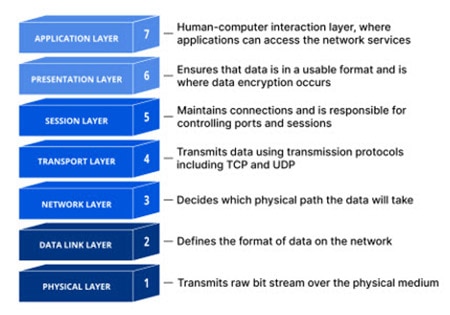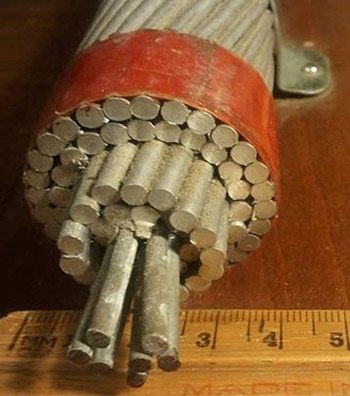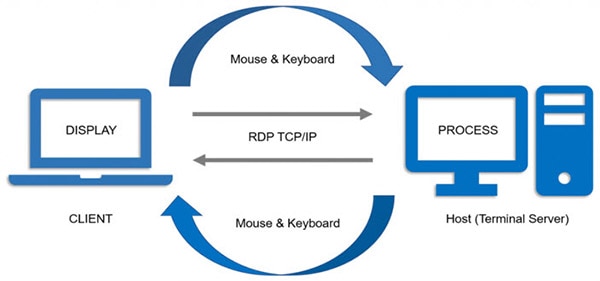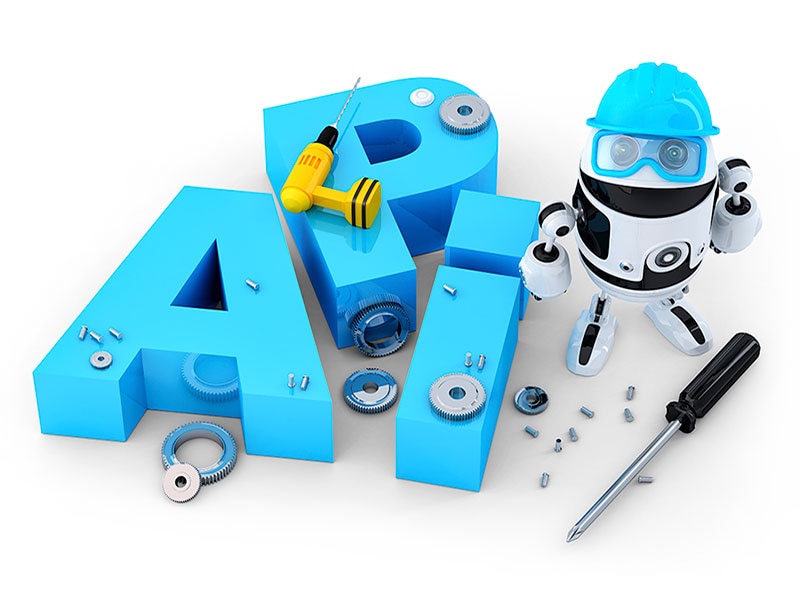What is the OSI Model?
2024-04-29 | By Antonio Velasco
The internet is no doubt an extremely complex and expansive environment; one that took a lot of planning and structuring. Connecting and communicating information through a myriad of devices and network structures is extremely challenging--especially when those devices vary greatly and are based across different platforms. In order to maintain this connectivity, it's important to implement a robust structure and protocol for devices to follow. Such is the Open Systems Interconnection model, or rather the OSI model. This 7-layer model sets the standard for communications and serves as the blueprint for efficient communication within electronics.
What is the OSI Model?
The OSI model is a conceptual framework created by the International Organization for Standardization (ISO). As you can probably tell by the name, they're all about creating standards and ensuring common functions across devices. Each of the seven layers is defined to specifically interact with the adjacent layers and structure communication.

Let's go over each layer one by one.
1 - The Physical Layer
Likely the simplest layer, this layer deals with any physical connections such as wires, cables, connectors, etc. This includes different types of mediums such as copper, fiber optic, or even wireless. Think of it like the pipes in a plumbing system or the veins in your body--it's simply just anything to do with physical transfer.

2 - The Data Link Layer
This layer starts to deal with more networking and CS concepts, where it starts to process data and establish connectivity. This layer is responsible for establishing the initial link and formatting the data, returning errors if necessary. This includes the formation of an Ethernet frame with the source and destination MAC addresses. It's basically checking to ensure that the data is transceiving accurately and that the formatting is correct. This layer is essential in maintaining data integrity.
3 - The Network Layer
Now, let's take a look into the deeper parts--starting with the Network layer. Here, we start to look into what routing is. Essentially, the layer encompasses parts responsible for mapping out the path for data to travel through across networks. You might be familiar with the term routers when talking about Wi-Fi--this is the perfect example for the Network layer. What routers do is decide the best path for data to reach its destination based on the receiver's IP Address. It's a GPS for data to follow!
4 - The Transport Layer
At the very middle sits the Transport Layer--the real mover and shaker in the model. This is what creates and manages the connections between networks and does the heavy lifting. You may have heard of two protocols associated with this layer, Transmission Control Protocol, or TCP, and User Datagram Protocol, UDP. You can liken the transport layer to a delivery service or a railway network across the nation.
5 - The Session Layer
Next, we move to the session layer. This is similar to the transport layer in which it manages connections, but instead of being responsible for moving the data, it is in charge of data integrity and checkpoints. In case of interruptions, this includes any backups or recoveries, or in case of corrupted data, any corrections, or synchronization moves. An example is the Remote Desktop Protocol, or RDP, in which the session layer continuously checks that the data being seen is perfectly synchronized.

You can see in this example that TCP/IP, or the transport layer, is used hand-in-hand with RDP or the session layer. The session layer is more of the maintainer in this instance, whereas the TCP/IP is what's actually moving the data.
6 - The Presentation Layer
This layer is now towards the endpoint, or rather the destination that the data is traveling to. When the destination receives the data, it is compressed, encrypted, and usually formatted differently. The presentation layer deals with ensuring the information is in a readable and interpretable format. It's essentially a translator and a security lock in one.
7 - The Application Layer
Finally, we're at the destination--this is the application layer, dealing directly with the User Interface (UI) and the software component. This is what turns your typing and text into commands for the computer to interpret and utilize. This includes any email protocols and file transfer protocols.
It's unlikely that you've heard of the OSI model before, but it's extremely important and deeply ingrained into our networks. It's what allows for seamless communication and for the internet to thrive.
Have questions or comments? Continue the conversation on TechForum, DigiKey's online community and technical resource.









